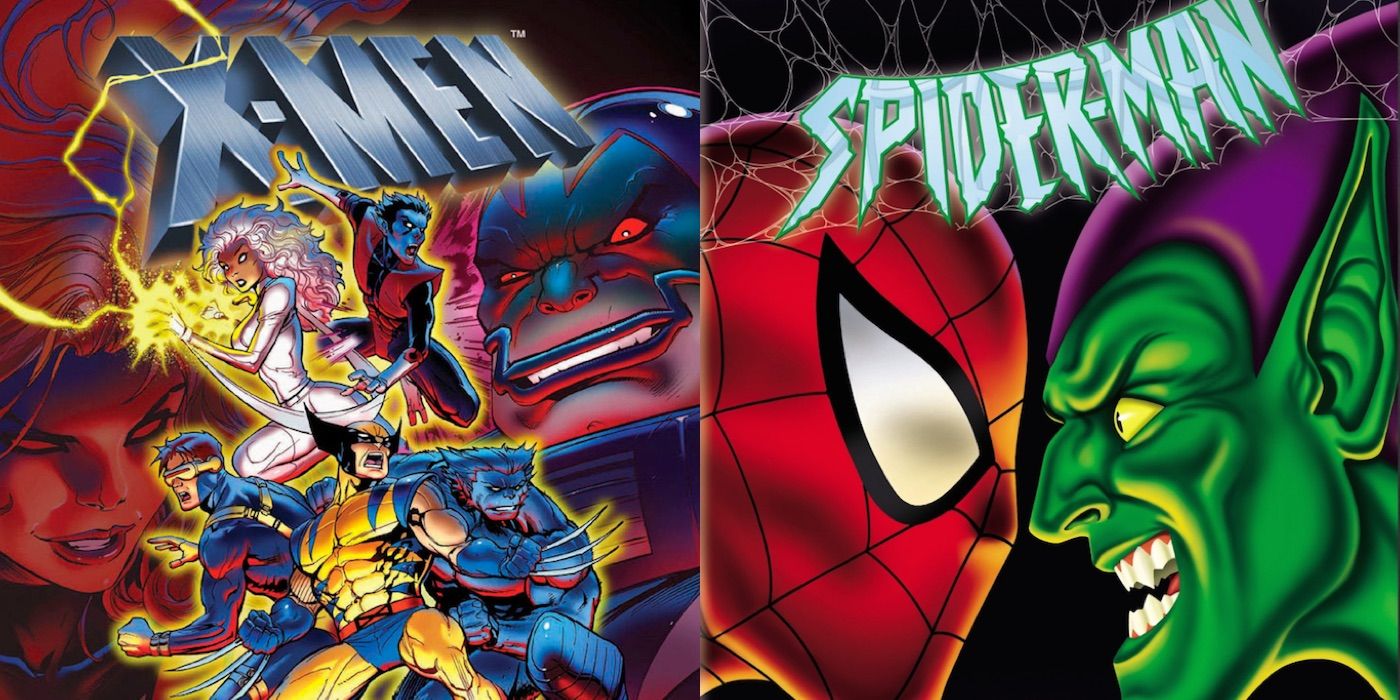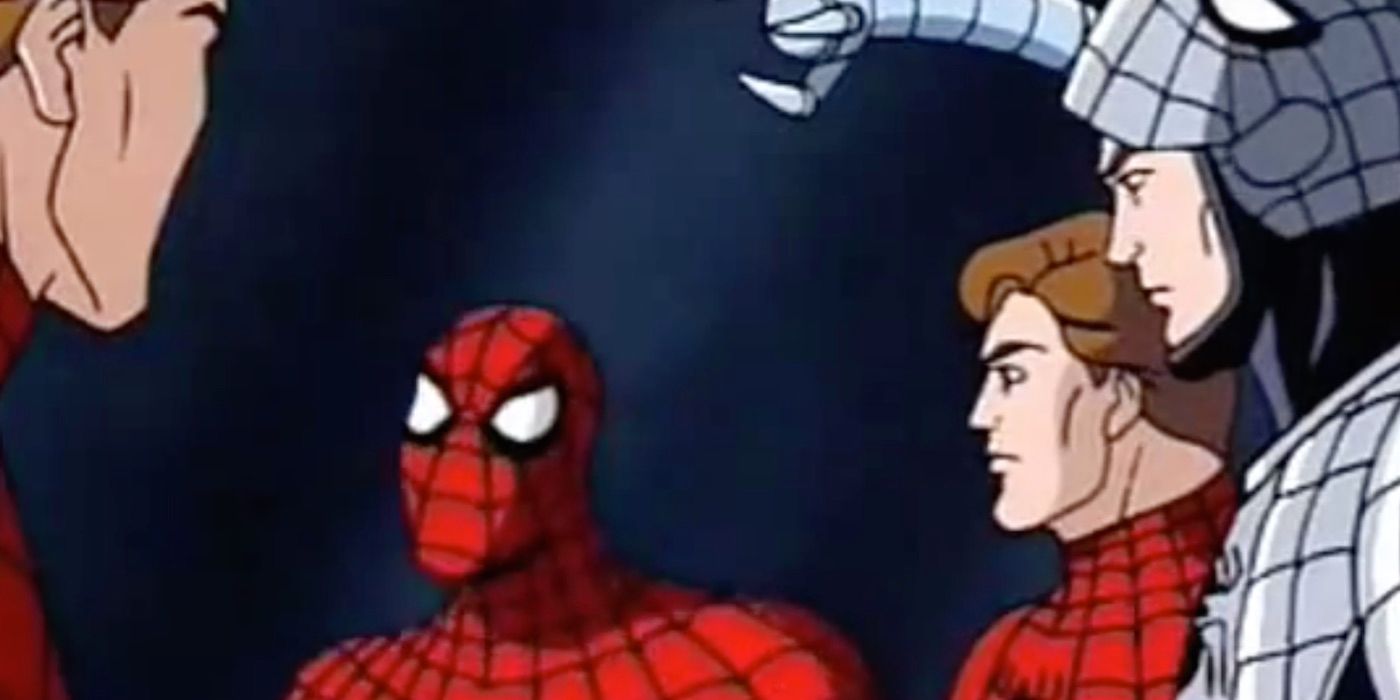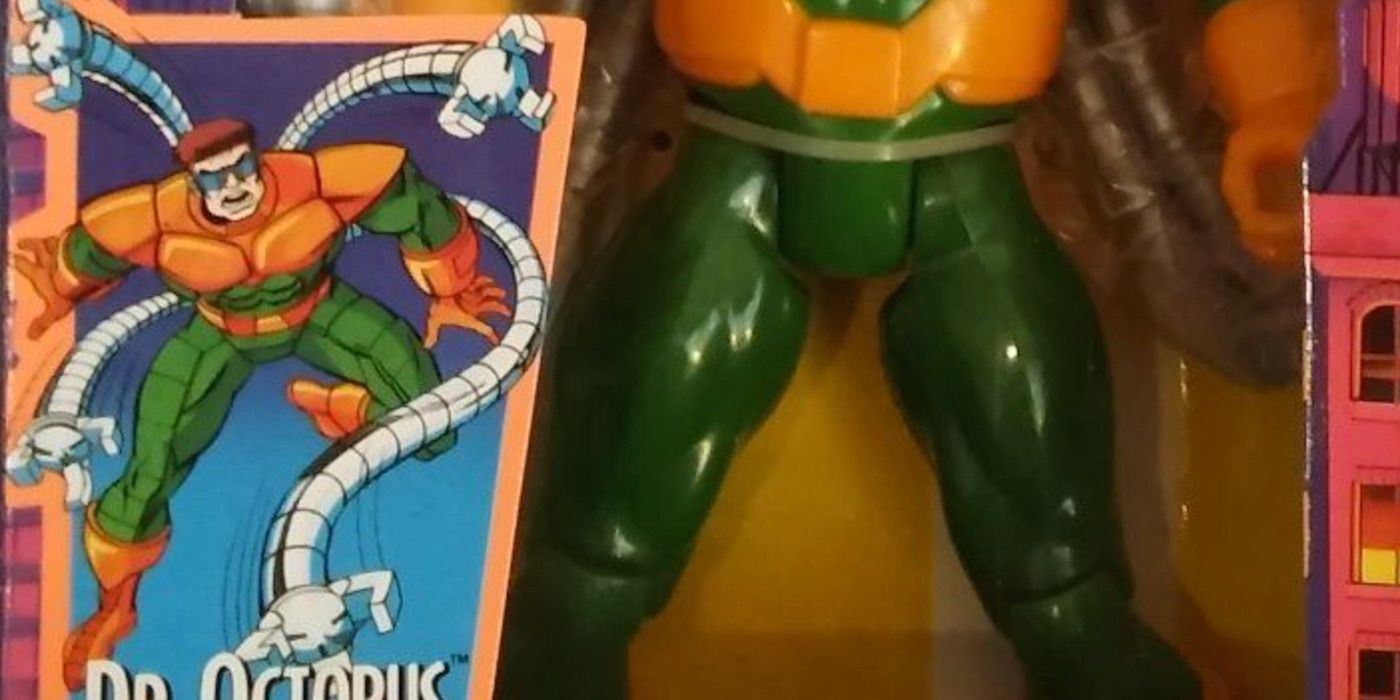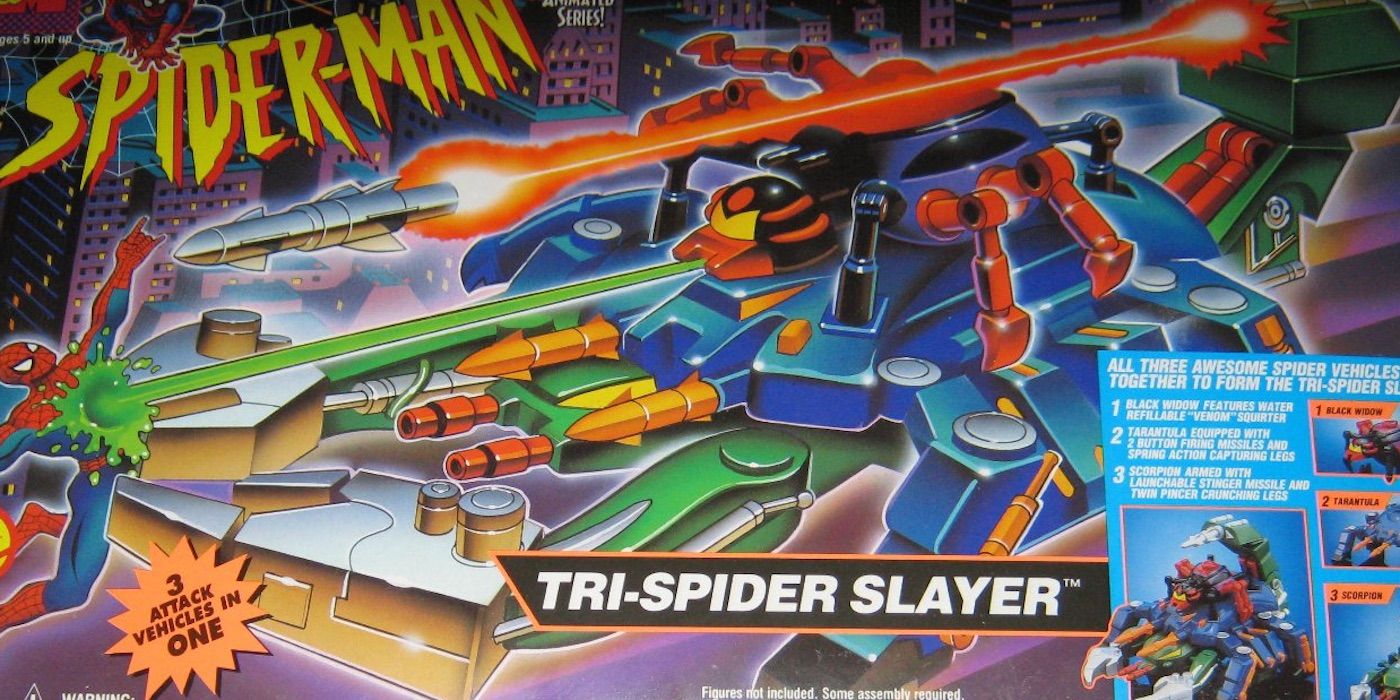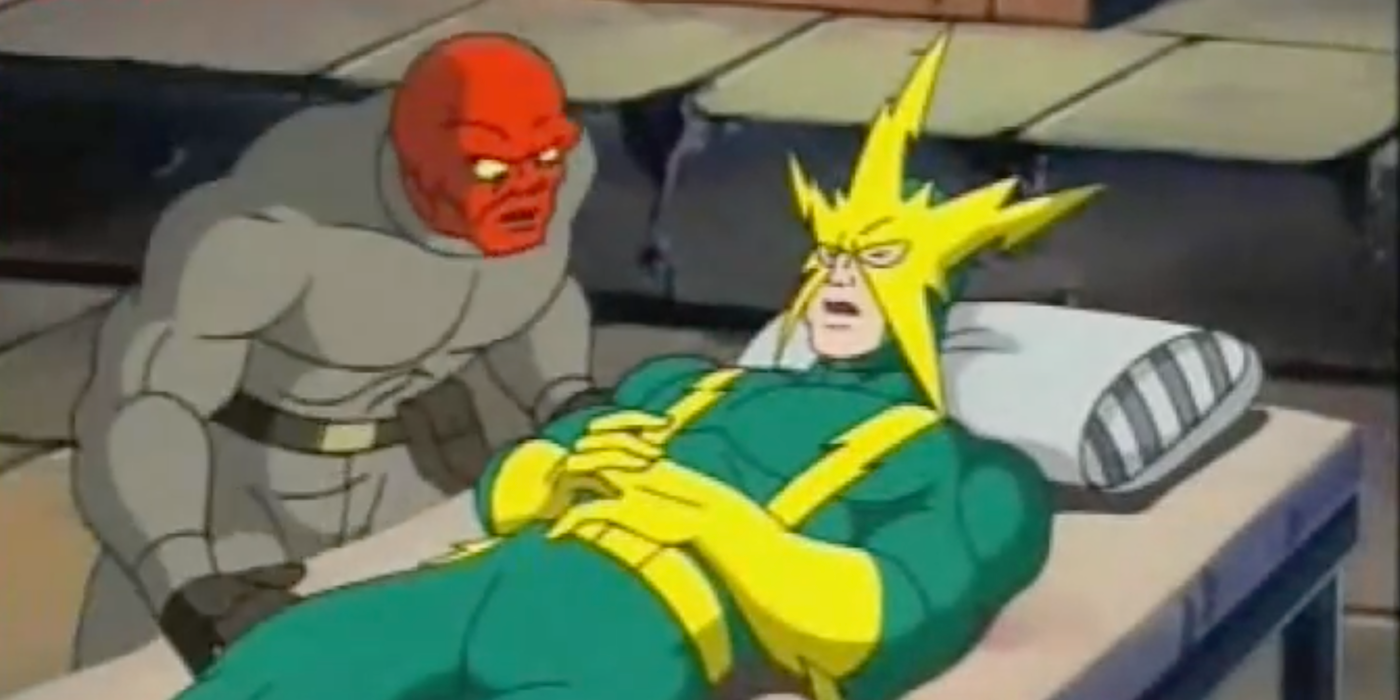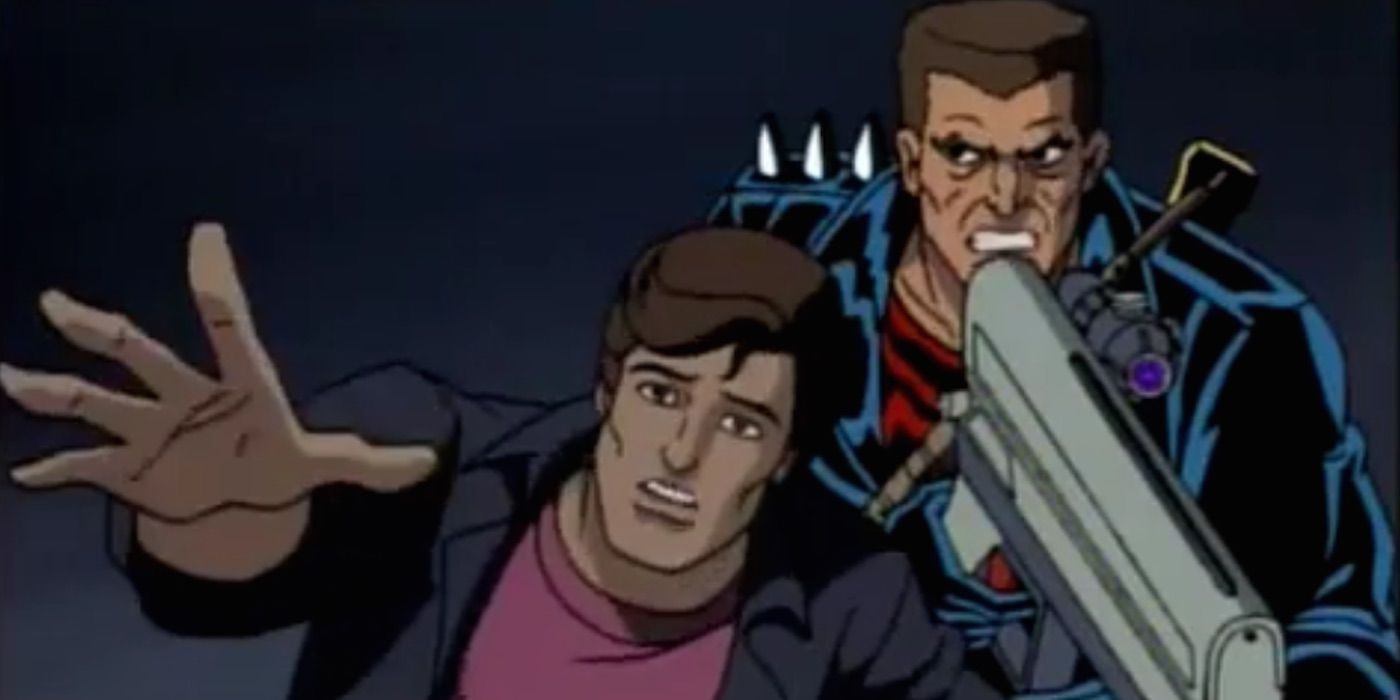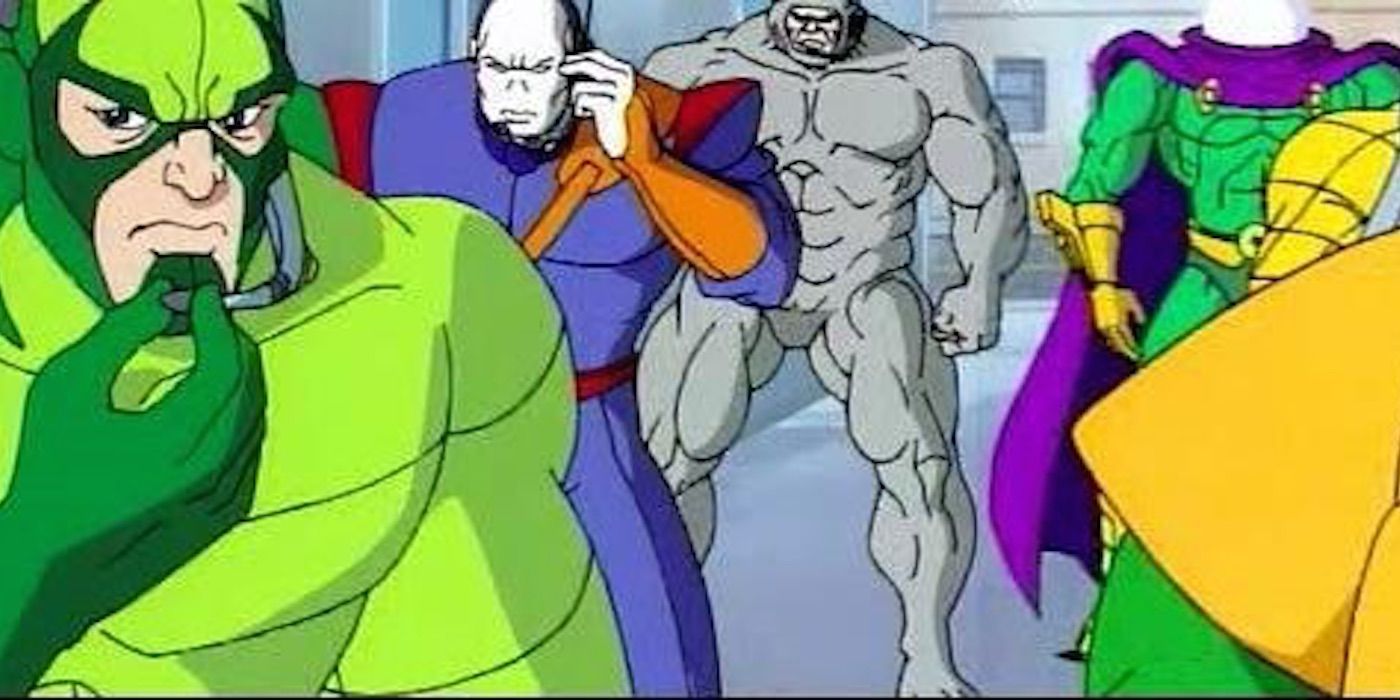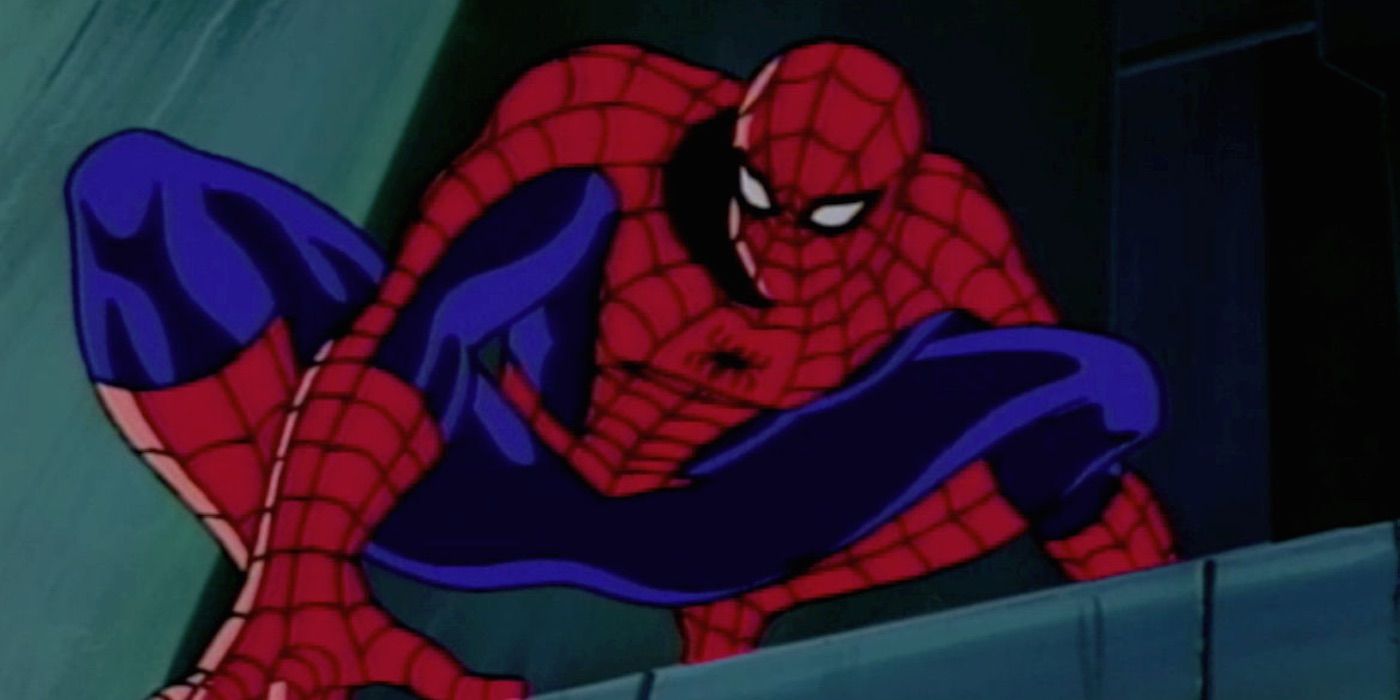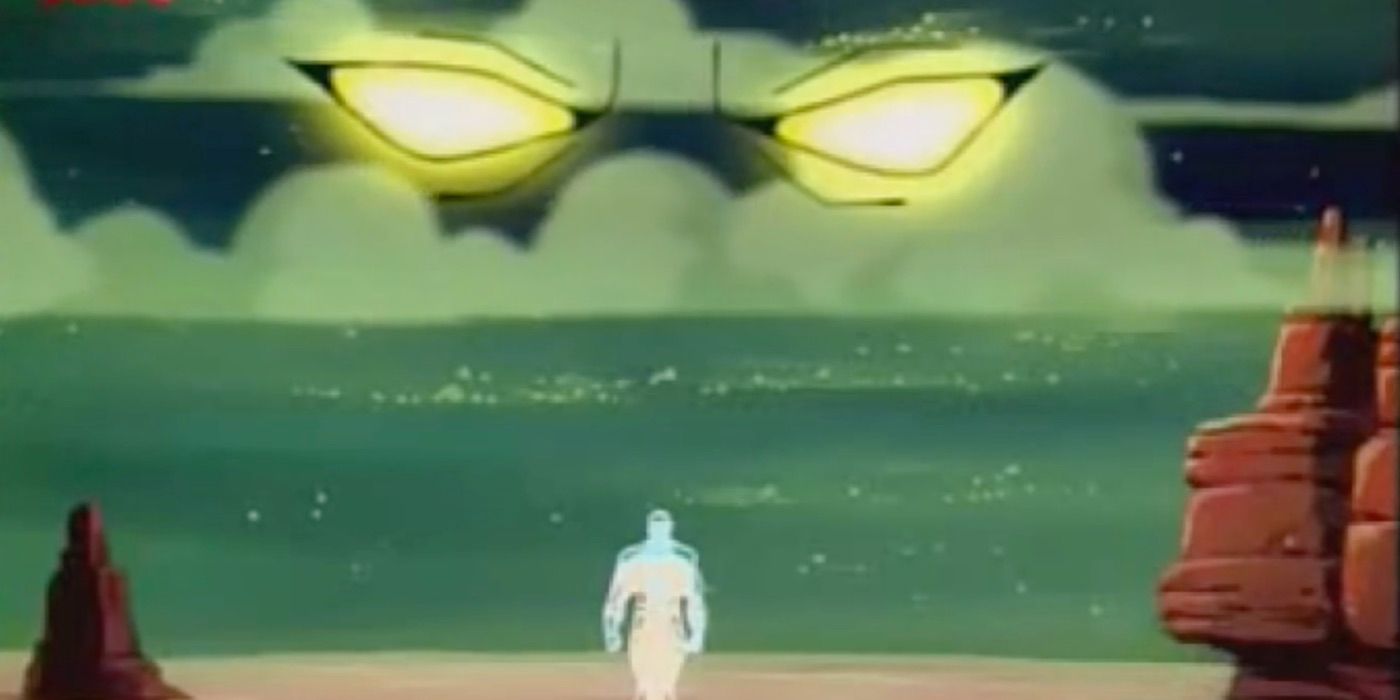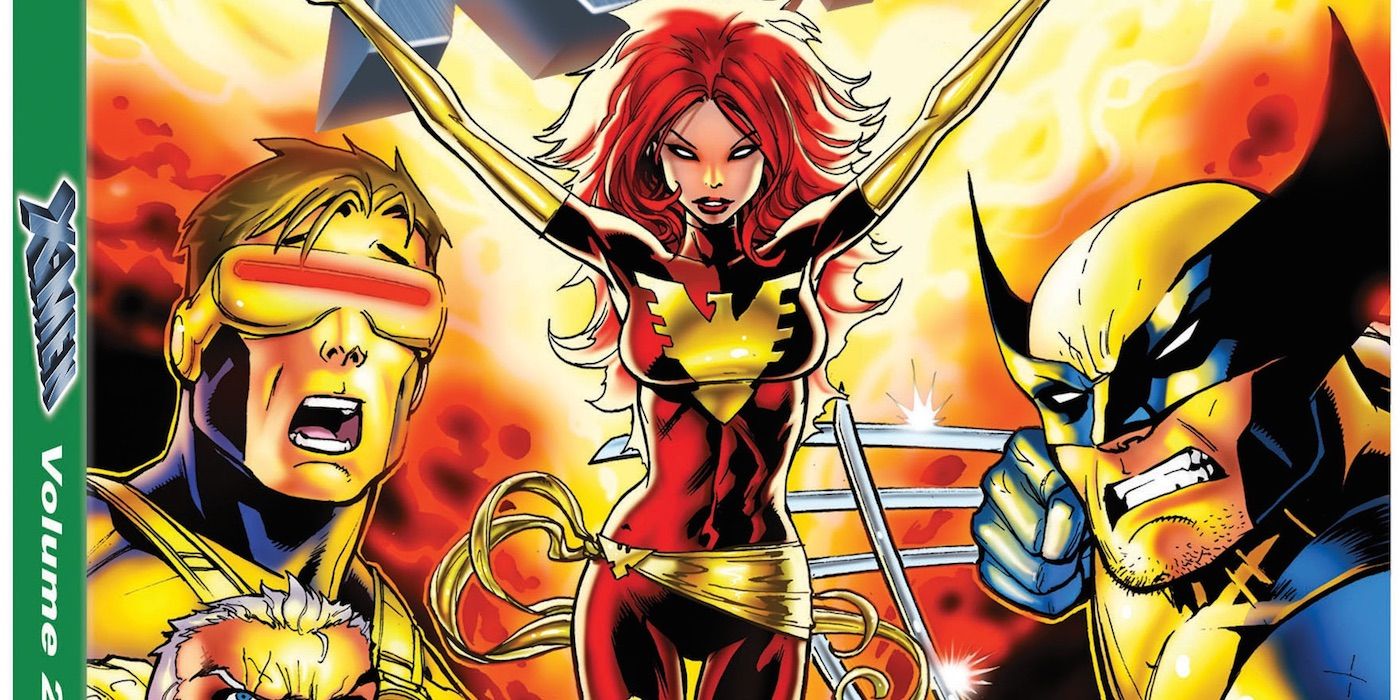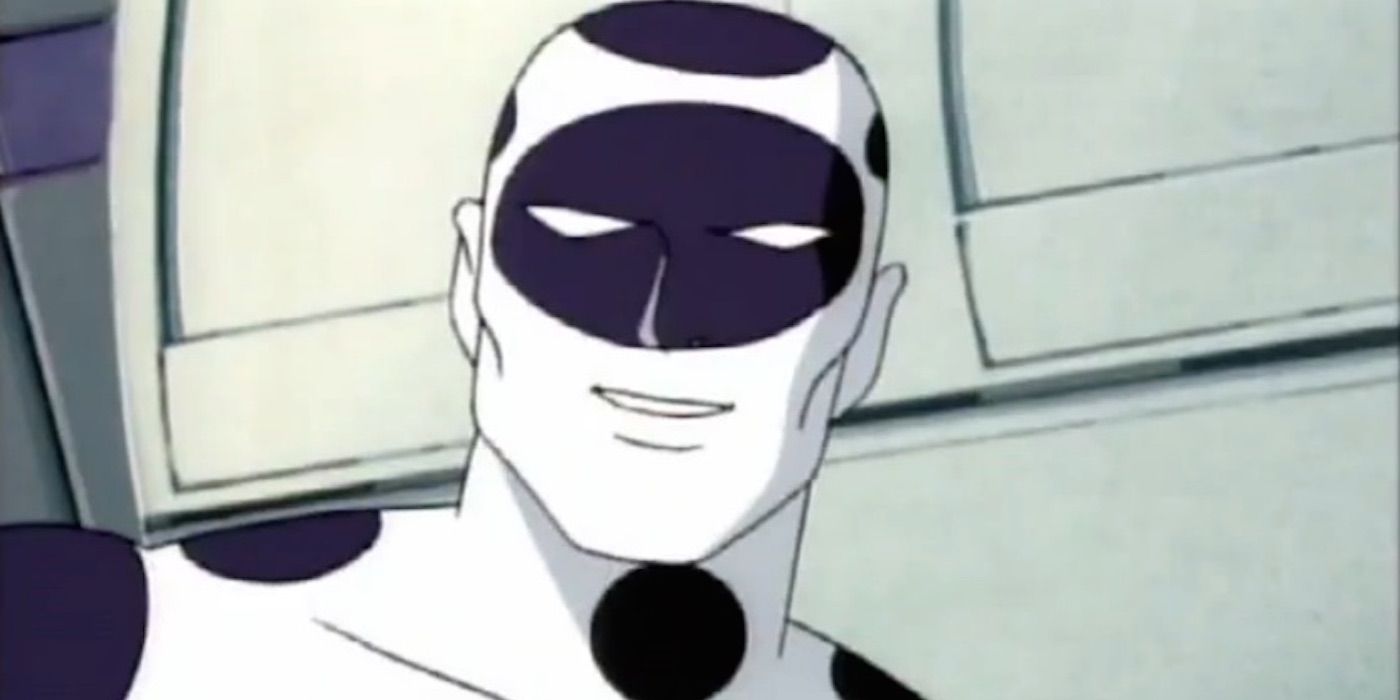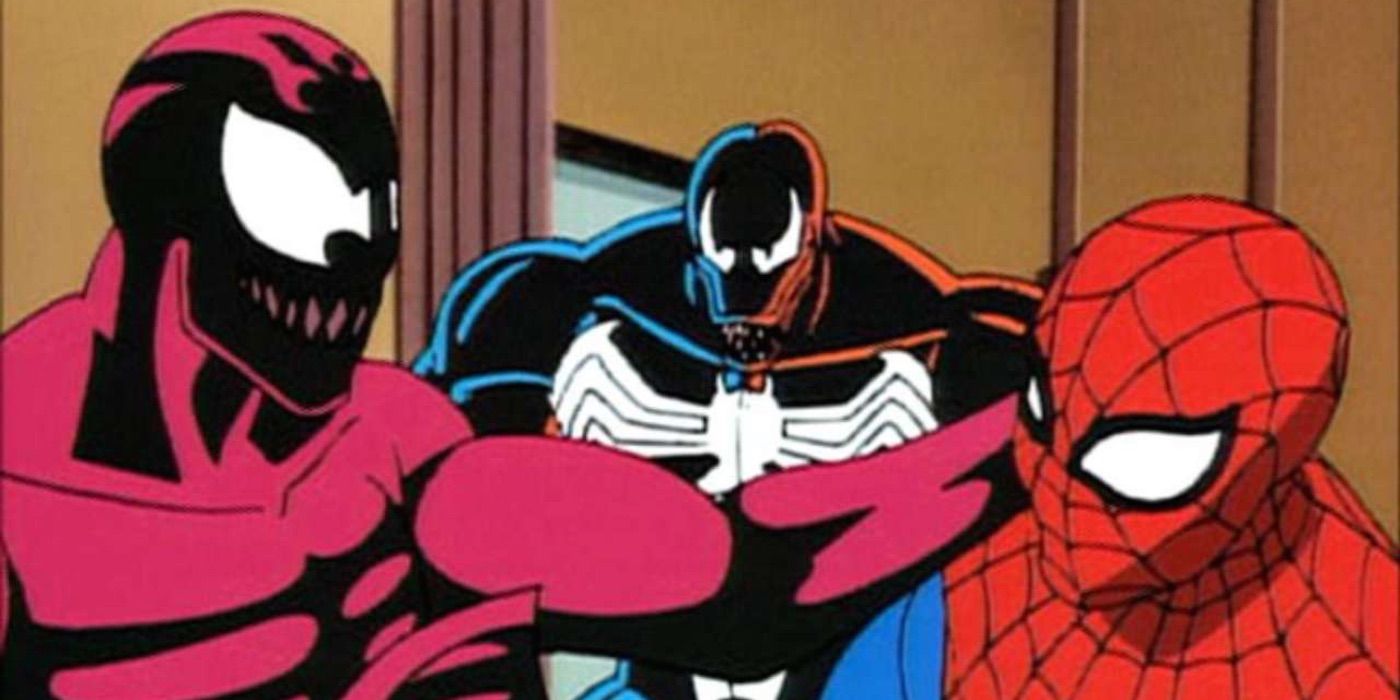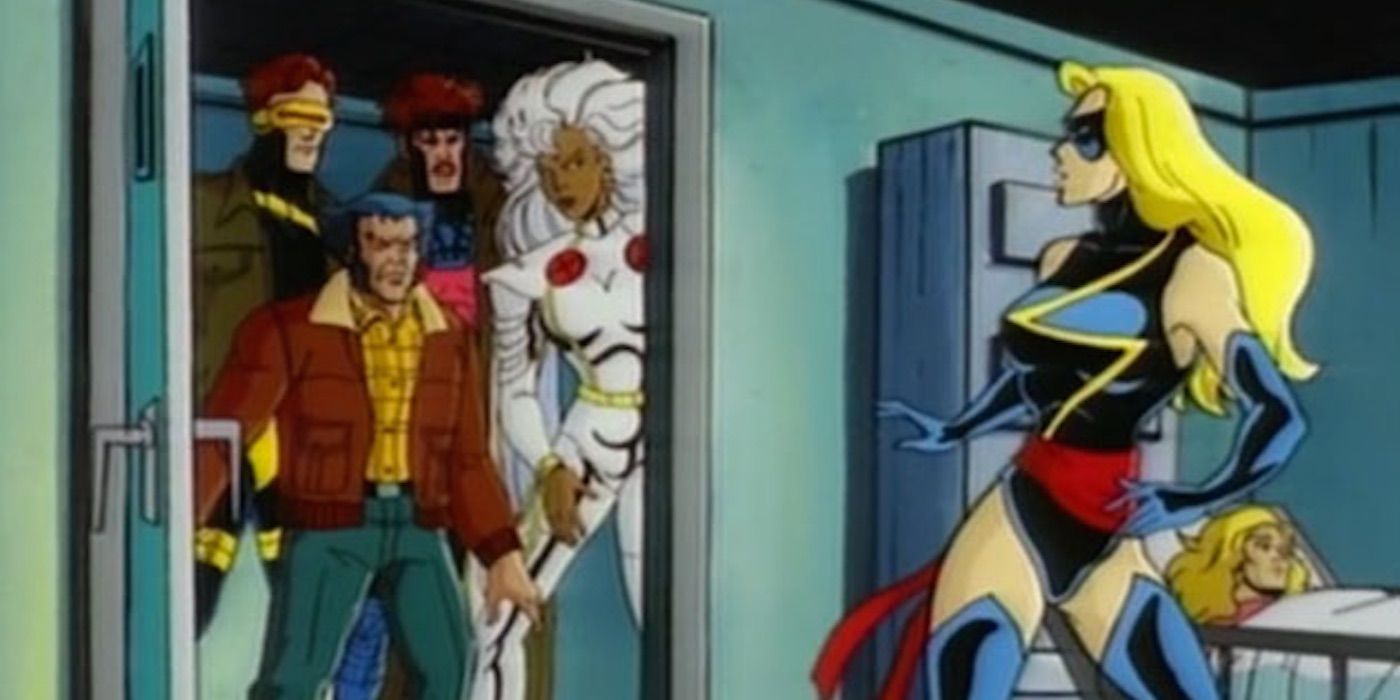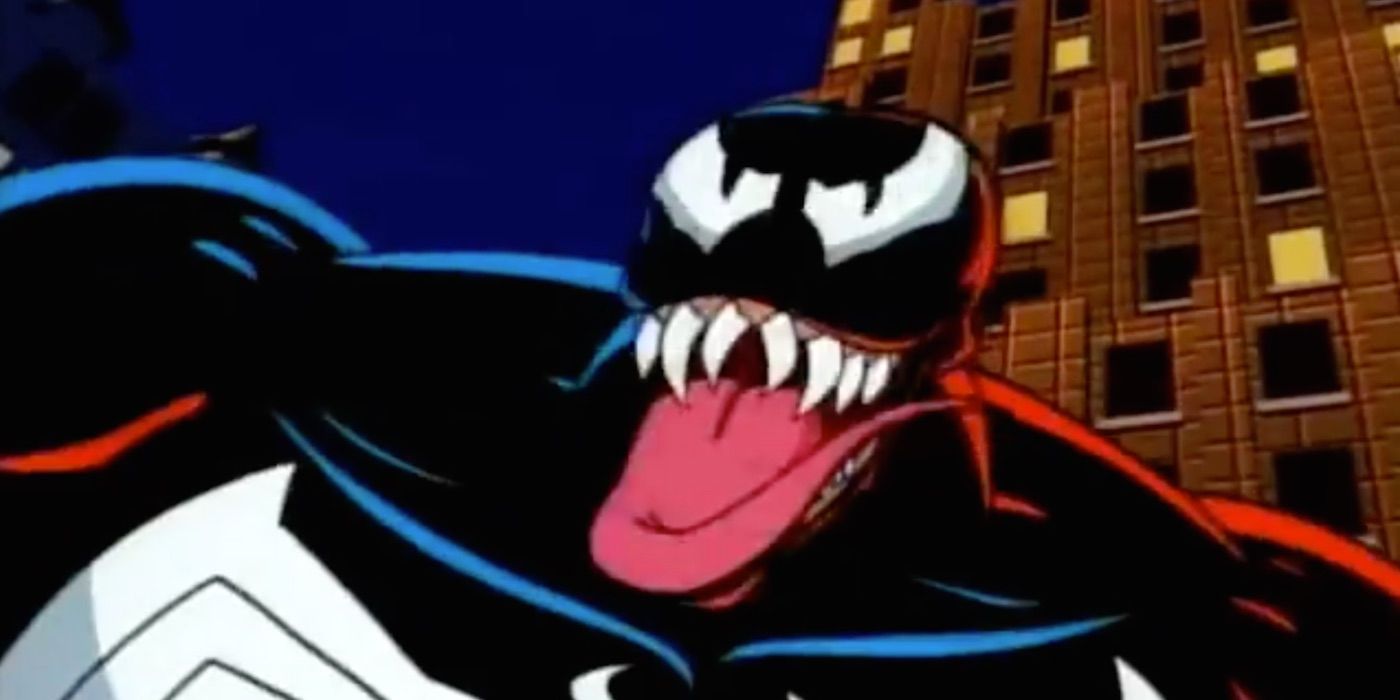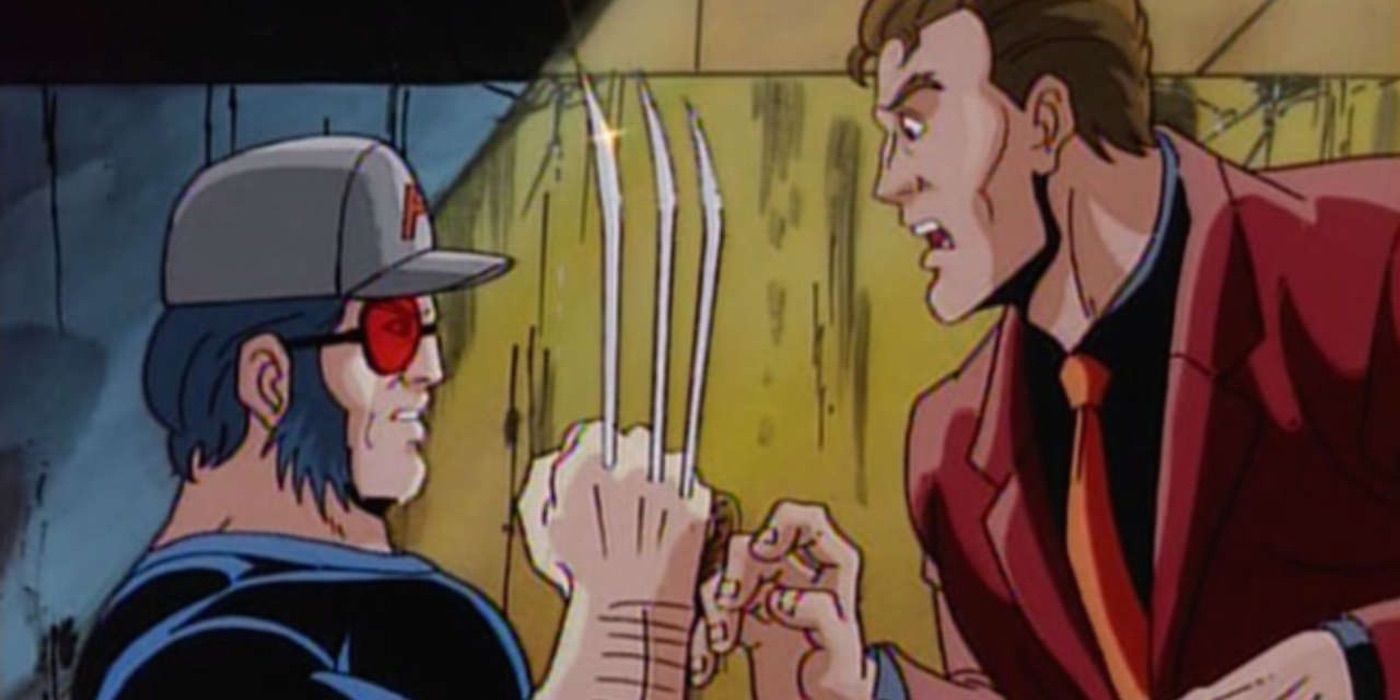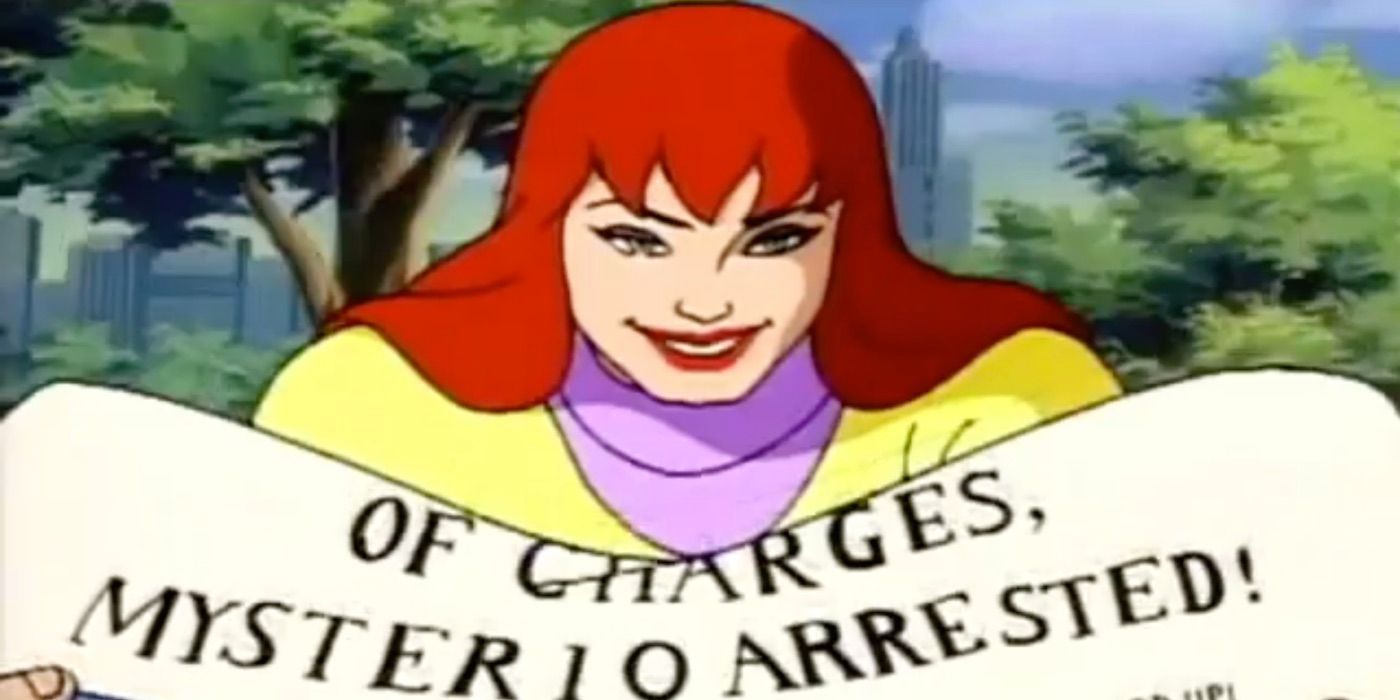Back in 1992, "X-Men" debuted as a part of Fox Kids' Saturday morning cartoon block, and quickly became one of the most popular animated series of the decade. A few years later, in 1994, "Spider-Man" debuted on the same channel, and while it didn't have the same impact as "X-Men," it still helped Marvel sell a lot of Spider-Man toys.
RELATED: The Best (Dressed) There Is: Wolverine's Coolest Costumes
While both series have their fans, "X-Men" has clearly emerged as the superior cartoon. "Spider-Man" was a great show, and the point of this article isn't to make fun of it. It's just that, when compared to "X-Men," it just doesn't hold up. That's not necessarily a slam against the wall-crawler or anything, considering that "Spider-Man" was still in production during Marvel's bankruptcy period in the '90s, as well as allegedly suffering from censorship issues. Still, here are 15 reasons why the "X-Men" cartoon is better than the "Spider-Man" animated series.
15 SPIDER-MAN DIDN'T TELL SPIDER-MAN STORIES
One of the major issues with "Spider-Man" was that it often times veered away from the sort of stories often associated with Spider-Man, especially during the later seasons. The series finale, "Spider Wars" (1997), featured Spider-Man teaming up with the Beyonder to save the multiverse from an evil Spider-Man. This two-parter wasn't just a random episode, it was also the culmination of the entire final season. Vampires also played a much bigger role in the cartoon than they ever did in the comic.
Throughout the series, Spider-Man often found himself battling inter-dimensional beings or magical villains, as opposed to the comics at the time where Spider-Man is mostly known for fighting street level villains. There's nothing wrong with taking a character out of their comfort zone and putting them in odd situations, but "Spider-Man" seemed to do this way too often. Meanwhile, "X-Men" told stories that were often ripped right from the comics. In terms of adapting the source material, "X-Men" did a much better job.
14 DESIGN ACCURACY
The '90s had a very specific style when it came to superhero outfits, especially the X-Men. The "X-Men" animated series was clearly inspired by the designs made popular by artist Jim Lee. More importantly, the vast majority of character's looked exactly like they did in the comic books at the time. Wolverine wore his classic "tiger stripe" outfit, Cyclops had yellow pouches and belt buckles all over his body, and Professor X rode around in a hover wheelchair.
Meanwhile, "Spider-Man" was very hit or miss when it came to character design. Characters like Spider-Man, Hobgoblin, Rhino and Mysterio all wore comic-accurate costumes, but Doctor Octopus was oddly sporting a strange armor. Even worse, the typically pudgy villain was given ripped abs that showed through his costume. Other characters, like the Vulture, were given costumes based on barely used designs, as opposed to their simpler, classic looks. It was clear that the designs were being based more on what would sell toys, which leads us to the next point.
13 SPIDER-MAN WAS MORE BLATANTLY A TOY COMMERCIAL
Looking back, it's pretty clear that a big draw of Saturday morning cartoons was to sell toys to kids. This is especially true for both "X-Men" and "Spider-Man." They were both full of colorful characters, who were often designed with an action figure adaptation in mind. Some cartoons, like "X-Men," just hid this fact better. While characters like the Sentinels and Mastermold, and vehicles like the Black Bird made for great playsets, they never felt like they were just shoehorned into the plot of episodes they appeared in.
The "Spider-Man" cartoon was a different story. In "Return of the Spider Slayer" (1995), three Spider Slayer robots are introduced, each one based on a different insect. The three robots combine into one giant robot, which was fairly standard for giant robots in the '90s. The weird thing was, when they all combined, they didn't really transform into anything. They literally just looked like three robots sitting on top of each other. There was no reason for this, other than to get kids to want to buy the three Spider Slayer robots and connect them.
12 SPIDER-MAN BIZARRELY ALTERED CHARACTERS
Nobody ever expects any adaptation to be an exact replica of the original source material. Character stories are changed for various, and often times legitimate reasons. For example, Cable on the "X-Men" cartoon was only ever hinted at being the child of Cyclops and Jean Grey, as opposed to the comics where he's very clearly the son of Cyclops and Madelyne Pryor, the latter being a clone of Jean Grey. The cartoon simplified his story without changing the nature of the character.
In "Spider-Man," Electro was changed from being regular guy Max Dillon to being the son of the Red Skull. Hydro Man was Mary Jane's ex boyfriend who was still obsessed with her, a motivation that never existed in the comics. Felicia Hardy, a.k.a. the Black Cat, was turned into a snobby rich girl who gained superpowers after she was kidnapped and forcibly given a variation of Captain America's super-soldier serum in "The Black Cat" (1997), as opposed to just being a cat burglar in the comics. Changes like these fundamentally altered the characters, often times barely resembling the source material.
11 SPIDER-MAN'S SHOE HORNED TEAM UPS
One of the few complaints about the "X-Men" cartoon was that, while it featured an amazing variety of characters from the various "X-Men" comic books, there were only a few appearances of other Marvel heroes. Carol Danvers appeared in a flashback in the episode "A Rogue's Tale" (1994), which explained how Rogue got her strength and flight powers, and Captain America appeared in "Old Soldiers" (1997), in a flashback story that teamed him up with Wolverine. Aside from that, other Marvel characters mostly only appeared as minor background cameos.
That's still better than too many cameos, however. "Spider-Man" often suffered from forcing various Marvel heroes into stories where they don't really fit. Red Skull and Captain America were shoehorned into Electro's origin in the "Six Forgotten Warriors" (1997) storyline. Dormammu, a Doctor Strange villain, was added to Carnage's story. Even Blade became a part of the Black Cat's story arc. Team ups are fun, but not when they sacrifice the quality of the story being told.
10 CENSORSHIP
Being children's cartoons, both series had to deal with pretty strict censorship, which makes sense. Children don't need to see Sabretooth rip someone apart with his claws, and they definitely don't need to see Carnage string up a bunch of dead bodies. The comics at the time were aimed at slightly older kids and teenagers, so obviously some changes had to be made from the source material. For example, in both series, the majority of times that guns were shown, they were futuristic looking and often shot lasers that stunned instead of bullets that killed, even when police were using them.
Still, the censorship on "X-Men" was never as blatant, or as weird, as it was on "Spider-Man." The wall-crawler was famously barred from actually punching villains, and even stranger, the villain team called the Sinister Six in the comics was changed to the Insidious Six, supposedly because the word "sinister" was deemed too much for children (even though the villain called Mr. Sinister regularly appeared on "X-Men"). While it's never been confirmed, there's a hilarious rumor that one of the rules placed on "Spider-Man" was that no pigeons could ever be harmed whenever Spidey landed on a rooftop.
9 REUSED FOOTAGE
While "X-Men" had slightly more detailed animation, "Spider-Man" was still a pretty good looking show. It was stylized perfectly for the source material, and aside from the random C.G.I. backgrounds, it could have been one of the higher quality cartoons of the time period. The problem was that, because of apparent budget issues, "Spider-Man" often had to reuse animation to complete scenes. While individual scenes were well done, the way they were put together didn't always work.
Now, a lot of cartoon shows reuse scenes. The problem with "Spider-Man" was that the repeating footage didn't always fit the action. In "The Man Without Fear" (1996), the same scene showing Daredevil's radar sense is used multiple times. The problem is that it clearly shows thugs standing in a warehouse, but it's not always used for scenes taking place in warehouses. It just looks like Daredevil always sees the same background, no matter where he's standing.
8 SPIDER-MAN JUMPED THE SHARK RIGHT INTO ALTERNATE DIMENSIONS
When a show seems to run out of ideas and ends up using some sort of cheap gimmick to keep viewers interested, this is known as "jumping the shark" (taken from the moment in "Happy Days" when the Fonz jumped over a shark as a cheap gimmick). It's understandable that for many shows, it can be hard to keep coming up with quality storylines in later seasons. "Spider-Man," however, had decades of comics to draw inspiration from, but still couldn't avoid taking a huge leap over the shark in its final season.
The craziness starts with "Six Forgotten Warriors" (1997), where Spider-Man has to team up with old super heroes from World War 2 to rescue Captain America from limbo and prevent Red Skull from using Electro to take over the world. Then, in "The Return of Hydro-Man," it's revealed that Mary Jane is actually a water-based clone of the original. Madame Web then takes Spider-Man directly to Battleworld to be tested by the Beyonder in "Secret Wars," which leads directly into "Spider Wars," where Spider-Man has to prevent Spider-Carnage from destroying all reality. These stories all follow, one right after the other, each one adding a new level of crazy to Spider-Man's story.
7 X-MEN ACTUALLY ADAPTED CLASSIC STORYLINES
One of the most amazing things about the "X-Men" cartoon was how many classic stories were adapted to the show. "Days of Future Past," "The Phoenix Saga," "The Dark Phoenix Saga" and "The Phalanx Covenant" were adapted for the animated series. There were also plot lines dealing with the Legacy Virus, Apocalypse's mutant "cure," and even Wolverine's history with Weapon X. While each of these stories had to be adapted to fit the show's continuity and made child appropriate, they were still fairly faithful to the comics.
"Spider-Man," however, didn't really adapt any classic storylines aside from "The Alien Costume" (1995), which loosely adapted the story of the alien symbiote and the origin of Venom. There was also "Secret Wars" (1997), which was a very loose adaptation of the comic book series "Marvel Super Heroes: Secret Wars" (1984) by Jim Shooter and Mike Zeck. The cartoon version, however, completely reimagined the story as the Beyonder challenging Spider-Man to see if he was worthy to lead a team of inter-dimensional Spider-Men.
6 SPIDER-MAN TOOK SILLY CHARACTERS TOO SERIOUSLY
Over the decades, both the X-Men and Spider-Man have faced their fair share of ridiculous and silly enemies. Some of them are purposely lame, others are just misfires. There's nothing wrong with using one of these silly characters, as long as they're used correctly. In the episode "Mojovision" (1994), the X-Men are kidnapped by Mojo, a giant green slug-like creature from a dimension ruled by its television executives. He's one of the weirdest villains the X-Men have, but the show acknowledged that and had fun with the concept.
The "Spider-Man" episode "Rocket Racer" (1996), meanwhile, introduces the villain Big Wheel. He's a guy who drives around in a giant armored wheel and somehow uses that to commit crimes. The episode treats him like any other villain, which is so hard to take seriously. Even the Spot, a villain covered in spots that act like portals, gets an entire episode dedicated to him, appropriately titled "The Spot" (1996), which took the character a little too seriously.
5 SPIDER-MAN DUMBED DOWN VILLAINS TOO MUCH
While Spider-Man has always been a fairly kid friendly character, he still has plenty of villains and allies that go to some pretty dark places. Carnage, whose first full appearance was in "Amazing Spider-Man" (1994) by David Michelinie and Mark Bagley, is a serial killer who bonded with a powerful alien symbiote. Throughout the years, he's killed countless people, often in incredibly brutal ways. When he appeared in the two-parter "Venom Returns" and "Carnage" (1996), however, he was toned down dramatically.
In the cartoon, Cletus Kasady was just a lunatic criminal, who was guilty of vague crimes. When he became Carnage, instead of killing anyone, he only momentarily drained their life essence, drastically reducing the stakes of his fight with Spider-Man. "X-Men" managed to include villains like Apocalypse, the Friends of Humanity and Sabretooth, and still managed to present them all in a kid appropriate way without dumbing them down to the point where they no longer seemed like a threat.
4 X-MEN HAD A BETTER DEVELOPED BACKSTORY
Both the "X-Men" and "Spider-Man" cartoons started their series with the heroes already active. They skipped over the origins and filled in the blanks as needed. With "X-Men," this resulted in many of the characters having rich backstories, and many of the villains had already previously encountered the X-Men. Obviously, Wolverine had a long history with Weapon X, Alpha Flight and Sabretooth. Rogue's past with Carol Danvers came back to haunt her in "A Rogue's Tale" (1994), and Iceman resurfaced after leaving the X-Men before the start of the series in "Cold Comfort" (1995).
Whenever a character surfaced from someone's past, it really felt like the X-Men had been active before the start of the series. For "Spider-Man," however, Spider-Man may have been a superhero before the show started, but he didn't encounter any villains or allies until after the start of the series. Peter Parker didn't have a past with anybody. Before the first episode, Spider-Man was apparently just fighting non-super-powered street thugs.
3 SPIDER-MAN'S RANDOM C.G.I.
The '90s was a weird time when it came to C.G.I. "Jurassic Park" (1993) popularized the special effect, but the technology was still relatively new. "Spider-Man" tried to cash in on the new C.G.I. craze by combining C.G.I.-rendered scenes with traditional animation. Well, that's what they tried to do at least. Due to budget constraints, "Spider-Man" could only occasionally use C.G.I. backgrounds. This resulted in an odd combination where Spider-Man would sometimes swing around a traditionally drawn New York City, which would suddenly change into a poorly rendered 3D city. It was incredibly jarring, and would take the viewers out of the story.
While "X-Men" used traditional animation, there wasn't anything wrong with that. The style was slightly more detailed than the average Saturday morning cartoon, but it wasn't anything mind blowing. Which was fine, because the stories were so good that they didn't need to rely on a gimmick to keep people watching.
2 X-MEN HAD DEEPER STORYLINES
The X-Men fought their fair share of supervillains, but they also battled a much more sinister enemy: bigotry. When the mutants were fighting each other, monsters or aliens, they were often dealing with humans who feared them because they were different. The Sentinel Program, launched in "Night of the Sentinels" (1992), hunted down innocent mutants and detained them, despite them having done nothing wrong. The Friends of Humanity were also a hate group that often crossed paths with the mutants, and were even shown attempting to blame the existence of a virus on mutants in "Time Fugitives" (1993).
Just like in the comics, "X-Men" ultimately taught kids that they should accepting of people who are different than they are. "Spider-Man," on the other hand, didn't really have a message. That's not to say that the characters and plots didn't have any depth, it's just that ultimately, the show boiled down to good guys overcoming the odds and fighting bad guys.
1 SPIDER-MAN NEVER RESOLVED THE MARY JANE MYSTERY
In the third season finale, "Turning Point" (1996), the Green Goblin kidnaps Mary Jane. When Spider-Man goes to rescue her, she accidentally gets knocked into a portal leading to an alternate dimension. She mysteriously turns up in "The Return of the Green Goblin" (1997), and she and Peter get married in the fifth season premiere "The Wedding" (1997). Unfortunately, it's revealed in "The Return of Hydro-Man, Part 2" (1997) that this Mary Jane is actually a clone of the original, created by using Hydro-Man's water based cells.
Even worse, the clone is unstable, so she turns back into just water and melts in Spider-Man's arms. Madame Web then takes Spider-Man on a multidimensional adventure, which culminates in Spider-Man saving the multiverse from Spider-Carnage. The series ends with Madame Web and Spider-Man taking off to find Mary Jane, wherever she may be. The series was cancelled before this major storyline was concluded, and while it's not necessarily the fault of the showrunners, this cliffhanger still really hurts the legacy of the show. Even though "X-Men" ended with Xavier leaving Earth and Magneto taking over the school, the series still ended on a note of closure.
Let us know if you agree or disagree in the comments section. Which cartoon did you prefer?

